Risk Of Stroke: Stroke is a serious and potentially life-threatening medical condition that occurs when blood flow to a part of the brain is interrupted or reduced. While some risk factors for stroke are beyond our control, such as age and family history, adopting a healthy lifestyle, including a balanced and nutritious diet, can significantly reduce the risk of stroke. In this article, we will explore a stroke-prevention diet, focusing on 12 foods that have been scientifically proven to contribute to a healthier cardiovascular system and help reduce the risk of stroke.
Fatty Fish

Fatty fish, such as salmon, mackerel, and trout, are rich in omega-3 fatty acids, which play a crucial role in maintaining heart health. These essential fats help reduce inflammation, lower blood pressure, and decrease the risk of blood clot formation—all factors that contribute to stroke prevention. Aim to include fatty fish in your diet at least twice a week to reap the cardiovascular benefits.
Berries
Berries, including blueberries, strawberries, and raspberries, are packed with antioxidants, vitamins, and fiber. Antioxidants help combat oxidative stress and inflammation in the body, which are linked to an increased risk of stroke. The fiber content in berries also supports heart health by regulating cholesterol levels and promoting a healthy cardiovascular system. Incorporate a variety of berries into your diet through smoothies, salads, or as a delicious snack.
Leafy Greens
Leafy greens, such as spinach, kale, and Swiss chard, are excellent sources of vitamins, minerals, and antioxidants. These greens are rich in potassium, which helps regulate blood pressure and reduce the risk of stroke. Additionally, the high levels of folate found in leafy greens contribute to the prevention of homocysteine buildup, a compound associated with an increased risk of stroke. Aim to include a generous portion of leafy greens in your meals regularly.
Nuts and Seeds
Nuts and seeds, such as almonds, walnuts, flaxseeds, and chia seeds, are packed with nutrients that support heart health. These include omega-3 fatty acids, fiber, magnesium, and antioxidants. Regular consumption of nuts and seeds has been associated with lower cholesterol levels, improved blood vessel function, and a reduced risk of stroke. Enjoy a handful of mixed nuts or sprinkle seeds on your yogurt or salads for a heart-healthy boost.
Whole Grains
Swap refined grains for whole grains like brown rice, quinoa, oats, and whole wheat to enhance your stroke prevention diet. Whole grains are rich in fiber, vitamins, and minerals that contribute to cardiovascular health. Fiber helps regulate blood cholesterol levels and improves blood vessel function, reducing the risk of stroke. Make whole grains a staple in your diet by incorporating them into meals like salads, soups, and side dishes.
Avocado
Avocado is a nutrient-dense fruit that provides healthy monounsaturated fats, which are beneficial for heart health. These fats help lower bad cholesterol levels and reduce the risk of blood clots. Avocados also contain potassium, which supports healthy blood pressure levels. Include avocados in your diet by adding slices to salads, spreading them on whole-grain toast, or blending them into a creamy smoothie.
Garlic
Garlic has been celebrated for its medicinal properties for centuries, and its cardiovascular benefits are well-documented. Garlic contains allicin, a compound with anti-inflammatory and anti-clotting properties. Regular consumption of garlic has been linked to lower blood pressure and a reduced risk of stroke. Incorporate fresh garlic into your cooking or consider garlic supplements after consulting with your healthcare provider.
Tomatoes
Tomatoes are rich in lycopene, an antioxidant known for its heart-protective properties. Lycopene helps lower blood pressure, reduce inflammation, and prevent the formation of blood clots—all crucial factors in stroke prevention. Enjoy tomatoes in various forms, such as fresh in salads, cooked in sauces, or as a base for soups.
Olive Oil
Olive oil, especially extra virgin olive oil, is a cornerstone of the Mediterranean diet and is renowned for its heart-healthy benefits. It contains monounsaturated fats, antioxidants, and anti-inflammatory properties. Regular consumption of olive oil has been associated with improved cholesterol levels and a reduced risk of stroke. Use olive oil as a primary cooking oil, drizzle it over salads, or dip whole-grain bread in it for a flavorful and heart-protective addition to your diet.
Pomegranates
Pomegranates are rich in antioxidants, particularly polyphenols and anthocyanins, which contribute to their vibrant red color. These antioxidants have been shown to have anti-inflammatory and anti-atherosclerotic effects, helping to maintain healthy blood vessels and reduce the risk of stroke. Incorporate fresh pomegranate seeds into salads, yogurt, or enjoy the juice as a refreshing beverage.
Beans and Legumes
Beans and legumes, such as lentils, chickpeas, and black beans, are excellent sources of plant-based protein, fiber, and various nutrients. The fiber content helps regulate blood cholesterol levels, while the potassium and magnesium support healthy blood pressure—a winning combination for stroke prevention. Include a variety of beans and legumes in your meals, whether in soups, stews, salads, or as a side dish.
Dark Chocolate
Yes, you read it right—dark chocolate in moderation can be a delightful addition to a stroke-prevention diet. Dark chocolate contains flavonoids, which have been linked to improved heart health. Flavonoids help relax blood vessels, improve blood flow, and reduce blood clot formation. Opt for dark chocolate with at least 70% cocoa content and savor it as an occasional treat.
Risk of Stroke
“In general, there are ‘modifiable’ risk factors and ‘non-modifiable’ risk factors. For example, genetics would be a non-modifiable risk factor. Some people are born with genes that have a higher predisposition to strokes. Though they can’t change their genes, understanding their risk factors may help mitigate stroke with medications specific to their condition,” Dr. Nour said.
That said, the vast majority of strokes are preventable with medications, diet, and other lifestyle changes. “These are the modifiable risk factors that can be customized to reduce a person’s risk,” Dr. Nour said. “Eighty percent of strokes are preventable and we must do our part in educating patients and their loved ones not only about the risks but also about recognizing the signs.”
Incorporating a variety of these foods into your daily meals can contribute to a stroke-prevention diet and support overall cardiovascular health. It’s essential to adopt a holistic approach to health, including regular physical activity, maintaining a healthy weight, and avoiding smoking and excessive alcohol consumption. Consult with a healthcare professional or a registered dietitian to tailor dietary recommendations based on your individual health needs. By making informed choices and embracing a lifestyle that promotes heart health, you can reduce the risk of stroke and pave the way for a longer, healthier life.
Read More >>https://trenditweetz.com/how-to-relieve-bloating/

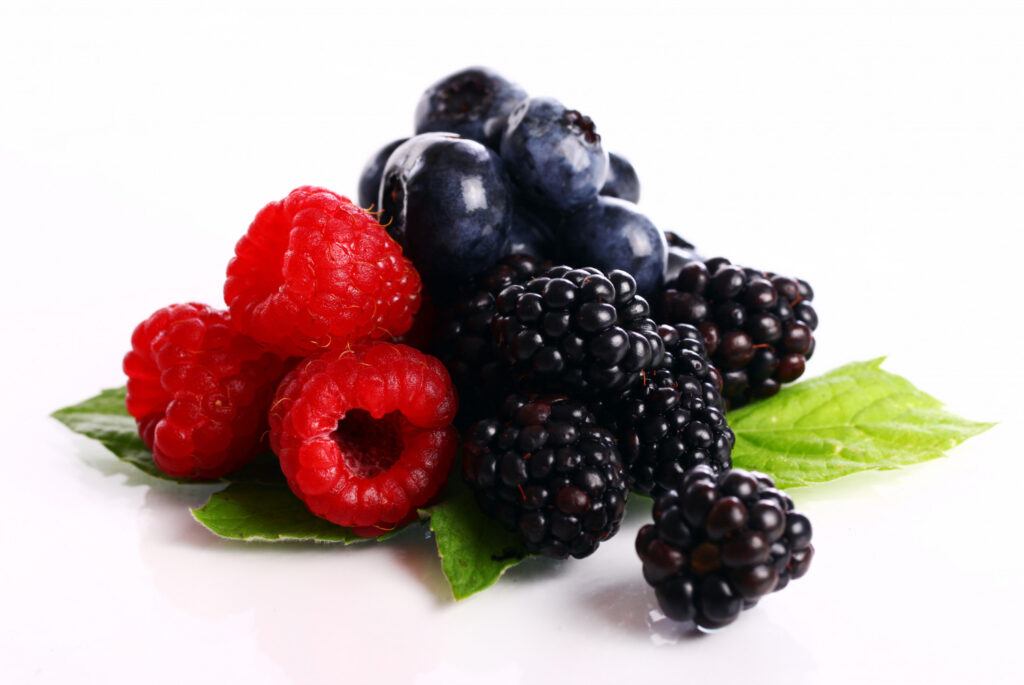
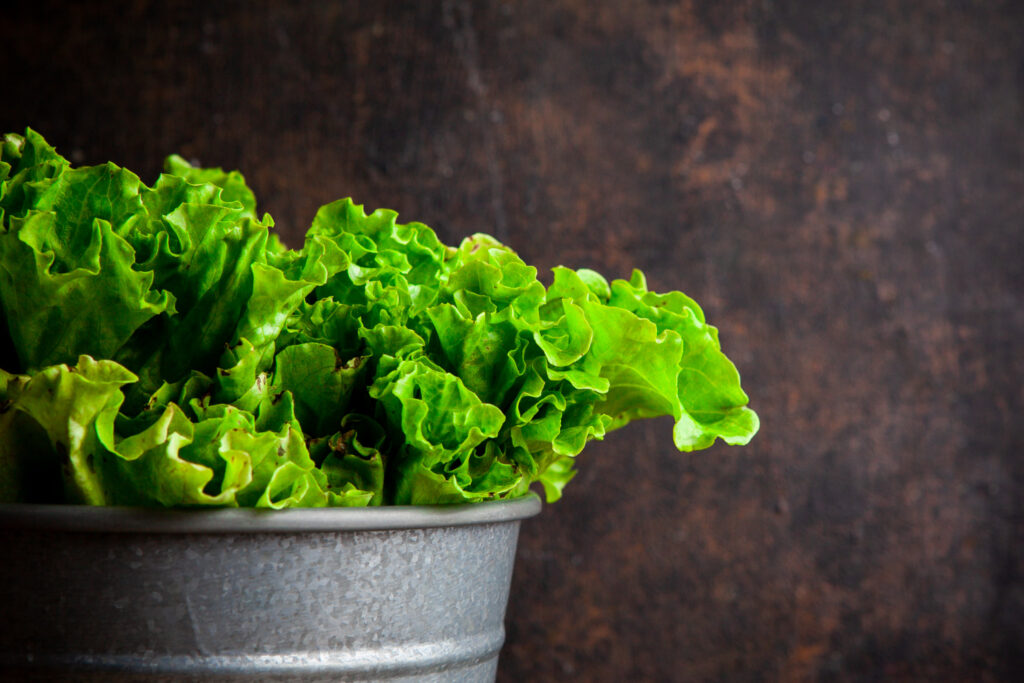

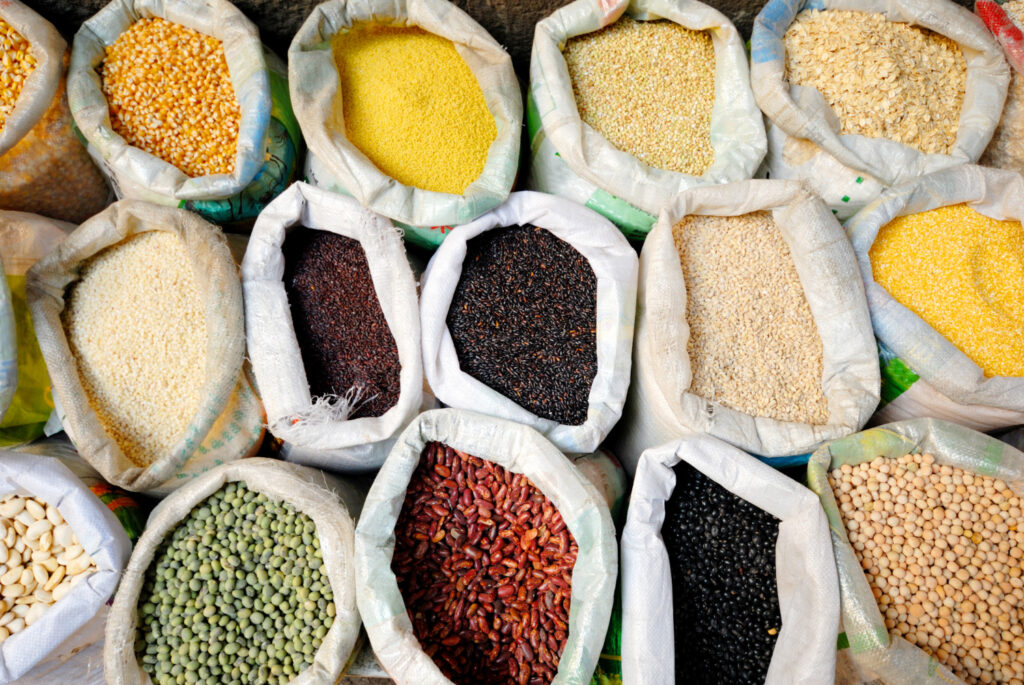
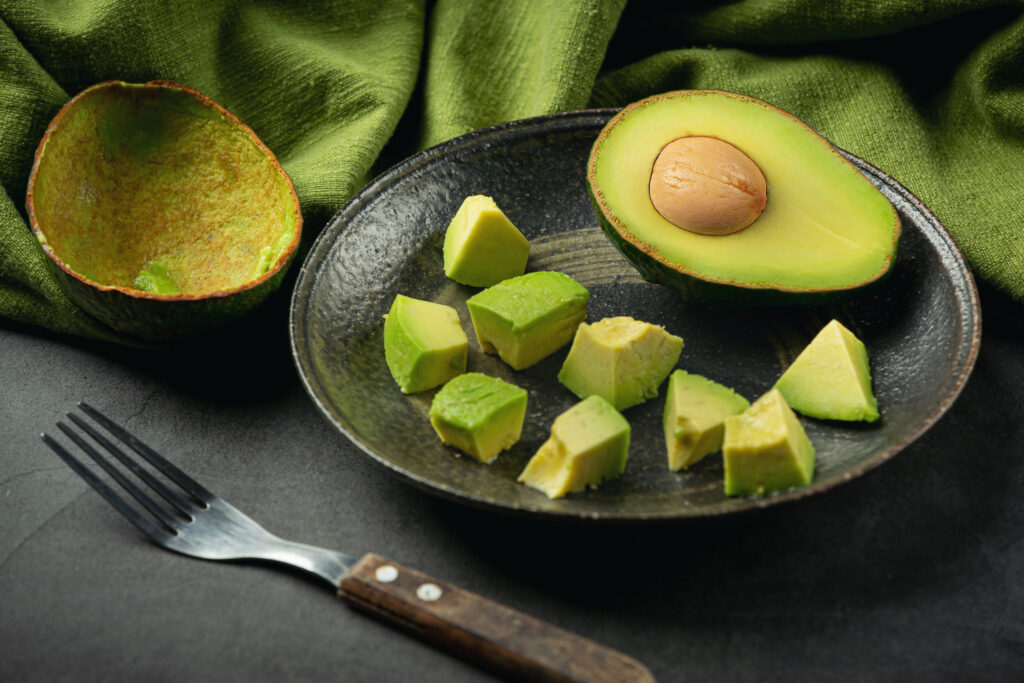
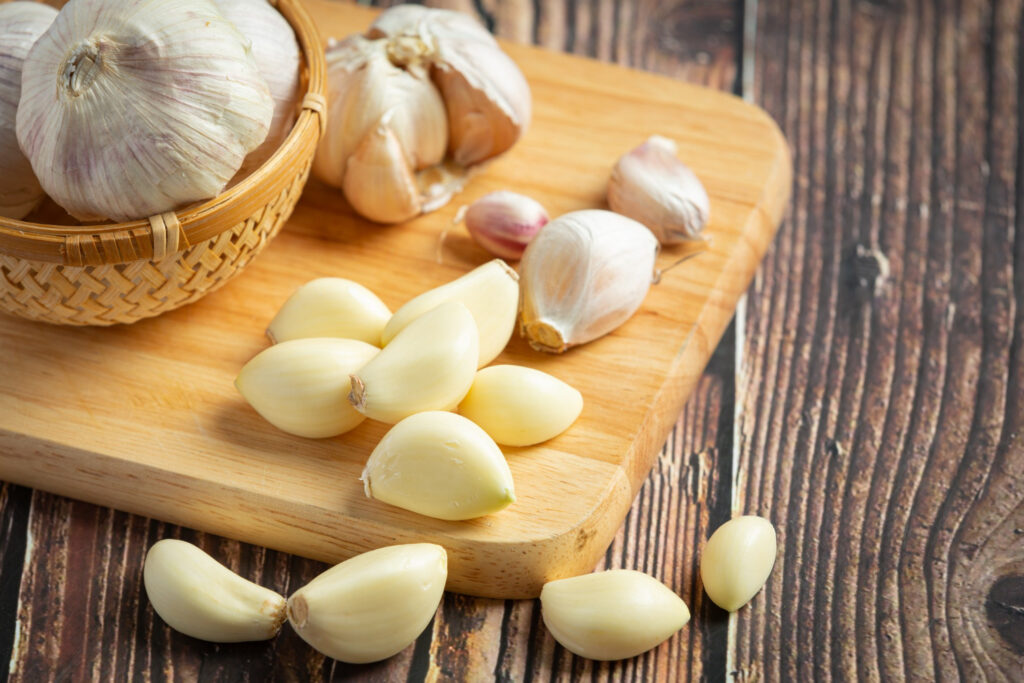
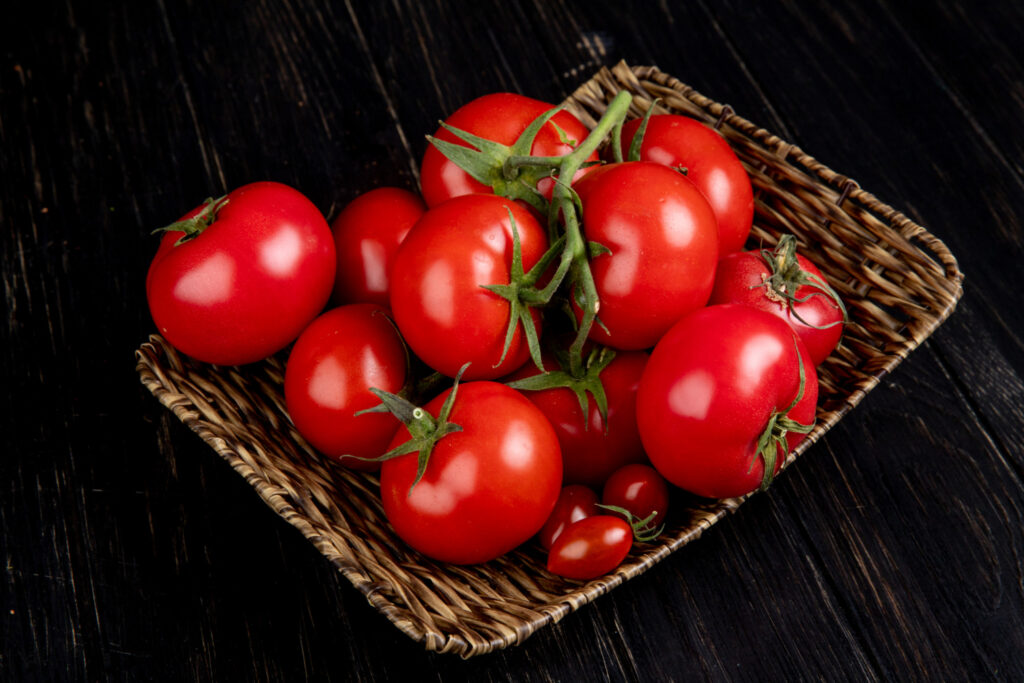
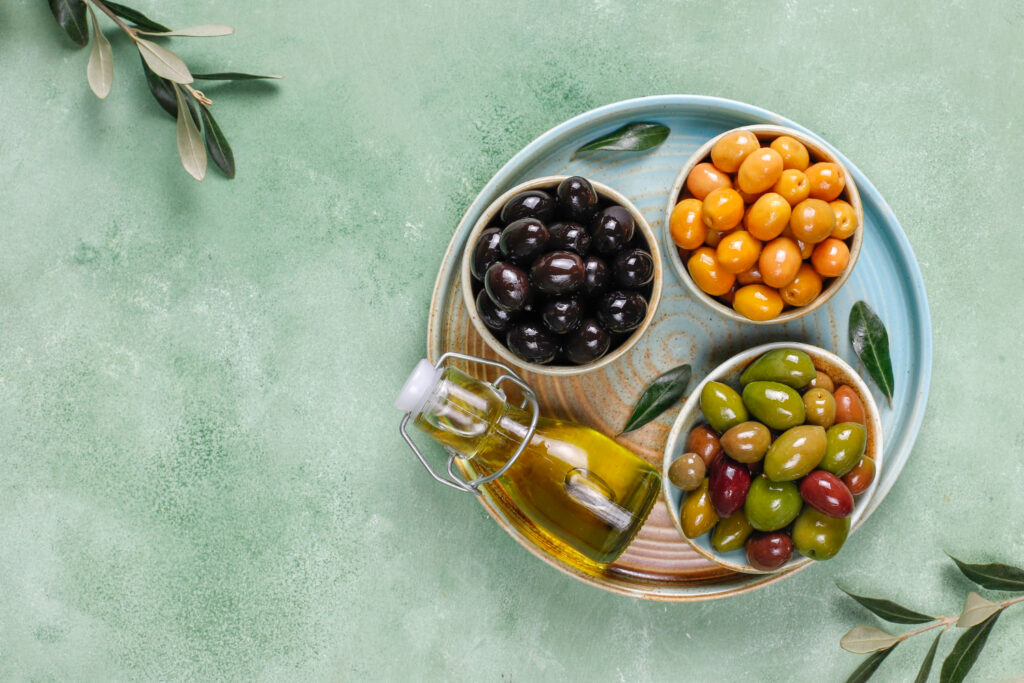

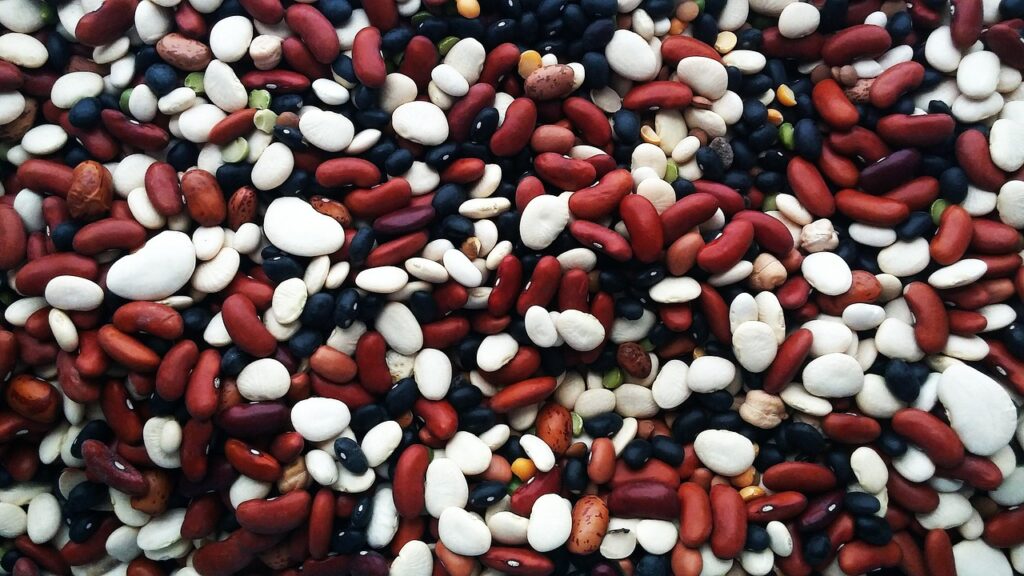
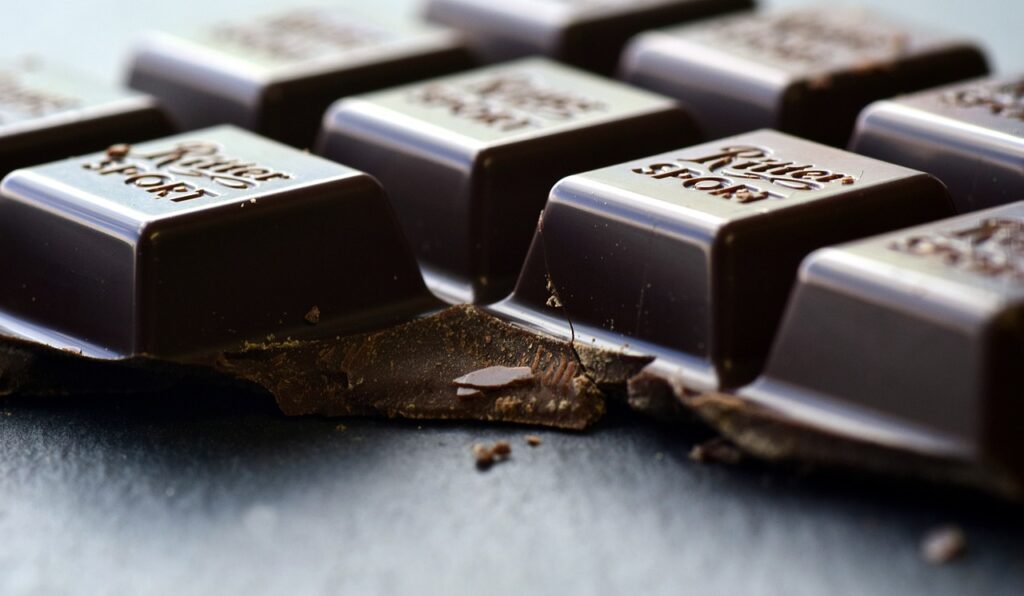
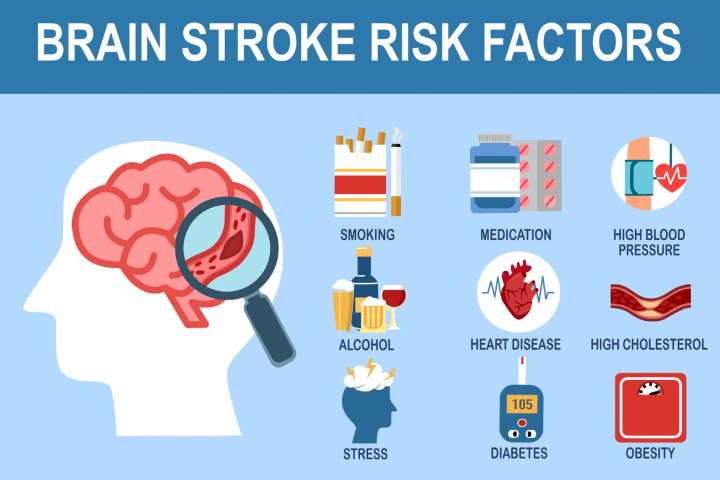





It was great seeing how much work you put into it. Even though the design is nice and the writing is stylish, you seem to be having trouble with it. I think you should really try sending the next article. I’ll definitely be back for more of the same if you protect this hike.